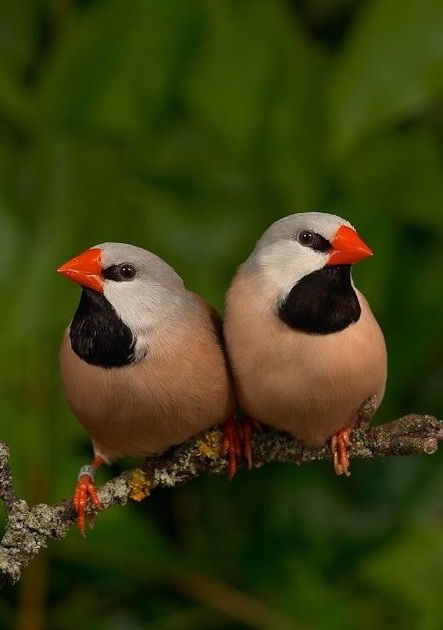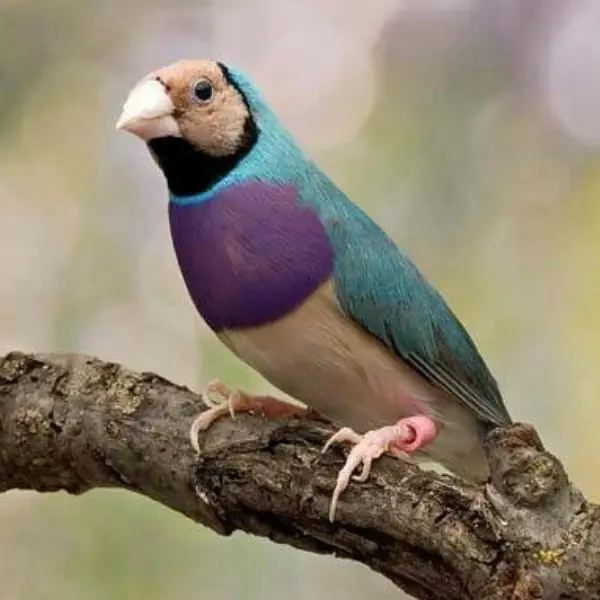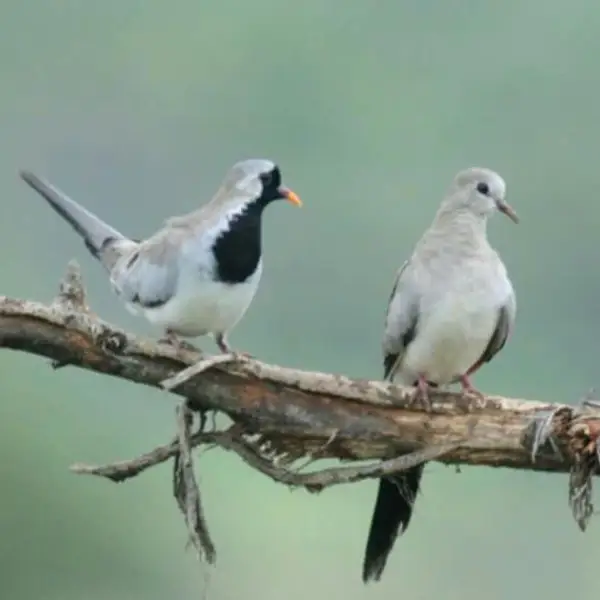Free shipping order over 20,000
Gray Shaft Tail
₨ 20,000 Original price was: ₨ 20,000.₨ 14,000Current price is: ₨ 14,000.
-
-
-
- Scientific Name: Poephila acuticauda
- Size: Approximately 12-15 cm (4.7-5.9 inches) in length.
- Color: The Gray Shaft Tail is predominantly gray with a distinctive black tail that gives the species its name. The flanks may have a subtle brownish or buff tone, and the underparts are usually lighter gray or white.
- Beak: Small, conical, and typically red or orange.
- Eyes: Dark, contrasting with the pale face.
- Legs and Feet: Pale pink or flesh-colored
-
-
Share
Share on facebook
Share on email
Important Keys:
Habitat
- Distribution: Native to northern Australia, including regions such as Queensland, Northern Territory, and parts of Western Australia.
- Environment: Prefers open grasslands, savannas, and lightly wooded areas. They are often found near water sources, where grasses and seeds are abundant.
Diet
- Primary Food: Seeds, particularly those from native grasses and crops, form the bulk of their diet.
- Supplementary Food: Small insects and other invertebrates, especially during the breeding season.
- Feeding Behavior: They forage primarily on the ground, searching for seeds and occasionally small insects.
Breeding
- Breeding Season: Typically during the rainy season, when food is more plentiful.
- Nest Location: Nests are built in low trees, shrubs, or even in man-made structures. They use grasses, feathers, and other plant materials to create a tightly woven nest.
- Egg Quantity: Clutches usually consist of 4-6 eggs.
- Incubation Period: About 12-14 days.
- Fledging: Chicks fledge around 18-21 days after hatching.
Lifespan
- In the Wild: Usually around 5-7 years.
- In Captivity: Can live up to 10-12 years or more, depending on care and conditions.
Behavior
- Social Structure: Gray Shaft Tails are social birds, often seen in small flocks or pairs. They are known for their peaceful and cooperative nature within the group.
- Vocalization: Their calls are soft, high-pitched chirps and trills, which are often heard as they communicate with each other.
![]()
Be the first to review “Gray Shaft Tail” Cancel reply
Related Products
-
-14%
Green Star Finch
₨ 17,500Original price was: ₨ 17,500.₨ 15,000Current price is: ₨ 15,000. -
-20%
Common Gouldian Finch
₨ 12,500Original price was: ₨ 12,500.₨ 10,000Current price is: ₨ 10,000. -
-43%
Blue Gouldian Finch
₨ 35,000Original price was: ₨ 35,000.₨ 20,000Current price is: ₨ 20,000. -
-25%
Common Cut-throat
₨ 24,000Original price was: ₨ 24,000.₨ 18,000Current price is: ₨ 18,000. -
-8%
Albino Cut-throat Finch
₨ 65,000Original price was: ₨ 65,000.₨ 60,000Current price is: ₨ 60,000. -
-20%
-
-20%
Diamond Pied Dove
₨ 6,250Original price was: ₨ 6,250.₨ 5,000Current price is: ₨ 5,000. -
-20%
Cape Dove
₨ 37,500Original price was: ₨ 37,500.₨ 30,000Current price is: ₨ 30,000.
Sign Up for Exclusive Birds Care Tips and Offers from Phool Panchi
Company links
Category
Contact
© 2024 Phool Panchi | Developed By v3Studio














Reviews
There are no reviews yet.